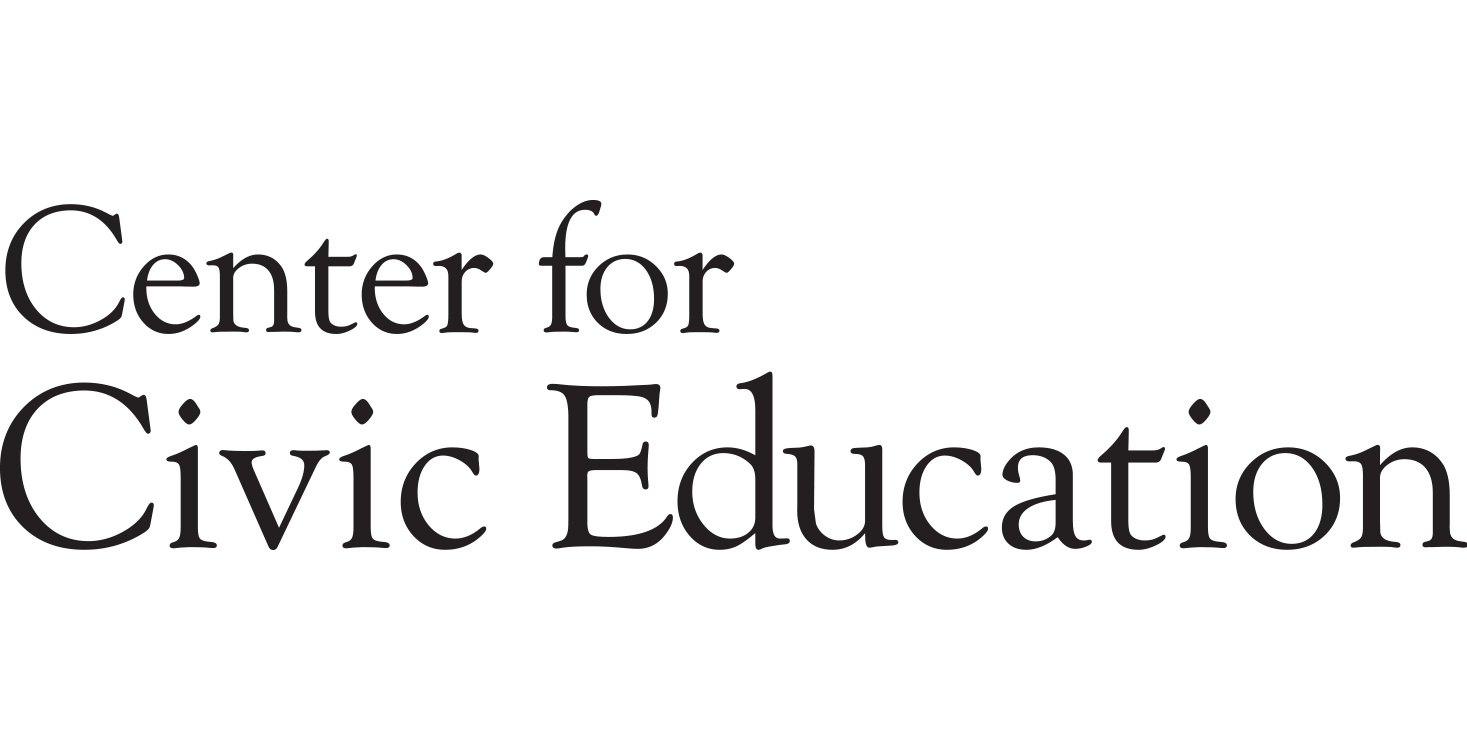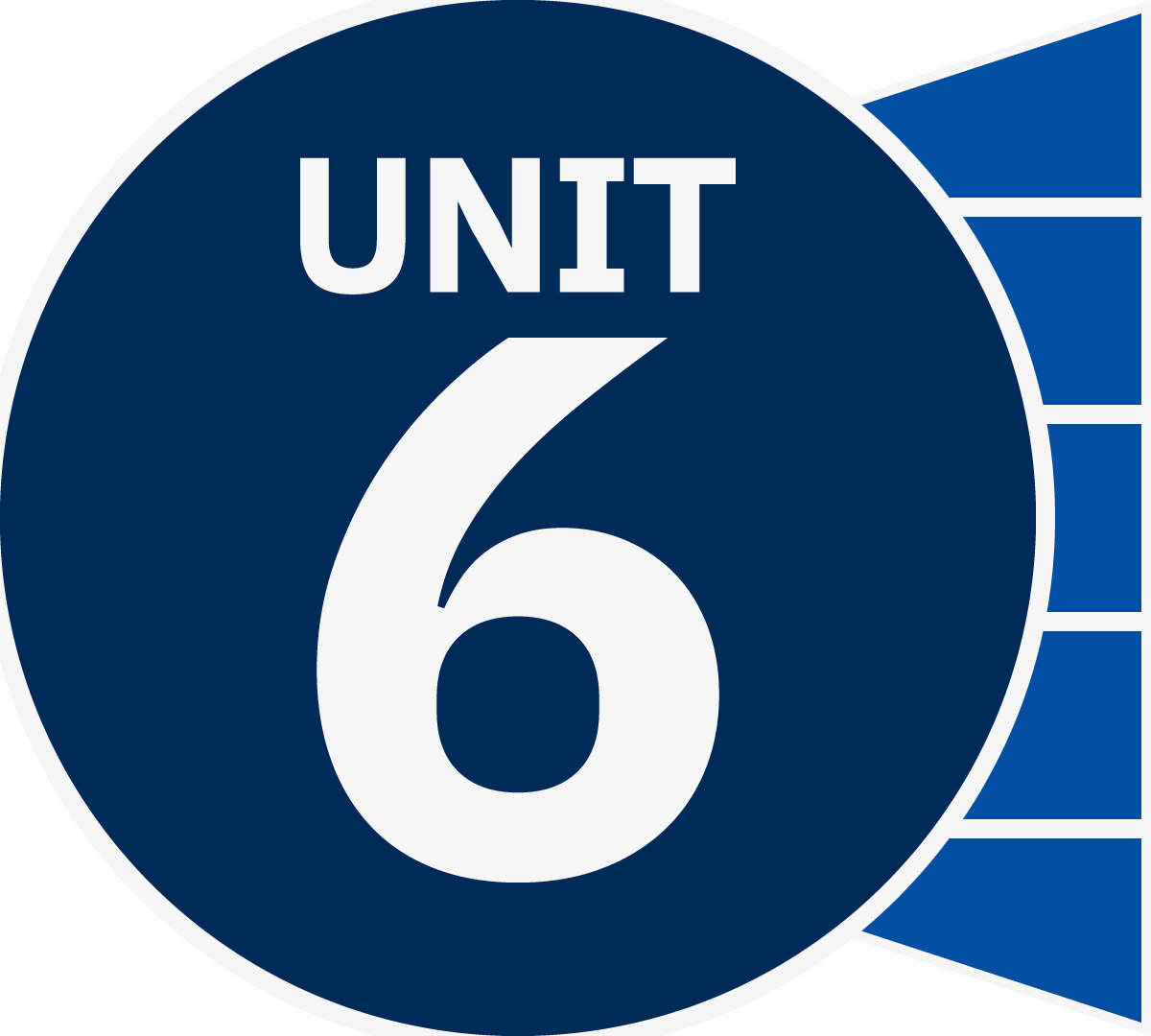Inquiry Companion: Unit 6
In Unit 1 of the We the People: The Citizen & the Constitution textbook, students examine how early Americans embraced the philosophy of individuals’ natural rights, charting the course for independence and laying the foundations of a constitutional government.
How is the Inquiry Companion Structured?
Students will engage by discussing the need for rules and laws, explore the voices of unheard perspectives through primary documents, and explain the roots of democracy in the Haudenosaunee Great Law of Peace. Students then elaborate on their understanding of individual rights versus the common good via a simulation activity. Finally, students will evaluate their new knowledge by crafting a fable to answer whether the American Revolution could have been avoided.
Best practices for culturally responsive teaching weave through each activity.
Inquiry Guide Activity
Pique student interest and get them personally involved in the lesson by accessing prior knowledge and generating interest. Engage students’ curiosity in the compelling question.
In this lesson, students will create and discuss a Venn diagram of the division of power between the federal government and state governments.
Utilize this Engage strategy activity in order to enhance students’ understanding of the We the People: The Citizen & the Constitution textbook for Level 3, Unit 4, Lesson 26 or Level 2, Unit 4, Lesson 17.
We the People: The Citizen & the Constitution (Level 3)
- Unit 4, Lesson 26: How Does American Federalism Work?
- Unit 4, Lesson 17: How Did the Constitution Create a Federal System of Government?
- Attentiveness to political matters
- Active learning
- Active listening
- Citing evidence
- Collaboration
- Critical thinking
- Relationship skills
- Self-management
- Define federalism and understand the division of power between the federal and state powers.
- Identify the three types of powers: expressed, implied, and inherent.
- Students will participate in a pick-a-side activity to answer the inquiry question: “Who has the power?”
- Who has the power?
- concurrent power Power that is shared by both national government and state governments.
- delegated powers Those powers granted to the national government under the United States Constitution.
- enumerated powers Those rights and responsibilities of the U.S. government specifically provided for and listed in the Constitution.
- federalism A form of government in which power is divided and shared between a central government and state and local governments.
- implied power A power that is reasonably necessary and appropriate to carry out the purposes of a power expressly granted.
- inherent powers Those powers ingrained so deeply in an institution that they need not be stated.
- reserved powers Powers that are retained by the states, encompassing areas not expressly granted to the federal government.
Federalism is a balance of power between the federal government and the state governments. The Constitution provides an outline for balancing these powers. The federal government holds authority over matters such as national defense, foreign policy, currency, and interstate commerce. Meanwhile, state governments retain power over issues such as education, public health, transportation, and criminal law within their state. This division of power ensures that both levels of government have distinct responsibilities while also allowing for cooperation and coordination on matters where they have a shared interest.
Under federalism, the balance of power between state and federal governments can shift over time depending on legal interpretations, political dynamics, and during times of crisis. The Supremacy Clause of the Constitution establishes that federal law takes precedence over conflicting state laws, providing a framework for resolving disputes between the two levels of government. Additionally, the 10th Amendment reaffirms state authority by declaring that powers not explicitly granted to the federal government nor prohibited to the states are reserved for the states or the people. This Constitutional arrangement fosters diversity in governance across the country as well as continuous debate about the proper roles of federal or state governance to this day.
Additional resources for teacher background include:
- Federalism & Limited Government: Democratic Norms, Part 5 (Video)
- Foundations of the Constitution (Video)
- American Federalism (Video)
- Federalism (Video)
Teachers should preview all student materials and resources prior to the lesson.
- Welcome students to social studies.
- Introduce the inquiry question: “Who has the power?”
- Allow students time to make a prediction about the inquiry question as well as offer their own supporting questions.
- The teacher will begin class with a large Venn diagram on the whiteboard or chart paper.
- Ask students what they know about federalism. Consider recording student responses on chart paper.
- Play Federalism & Limited Government: Democratic Norms, Part 5. As students watch, they should listen for a definition of federalism.
- Play the video a second time to ensure comprehension, if needed.
- Allow time for a brief discussion about federalism and allow an opportunity for students’ questions.
- Review the definition as a class. Federalism is a form of government in which power is divided and shared between a central government and state and local governments.
- Draw a horizontal line through the center of the Venn diagram. Explain that above the line are the allowed powers, below the line are powers denied.
- Writing in the center of each circle, label and explain Federal Delegated, Concurrent, and State Reserved, then each of the Denied powers. See the Federalism Diagram Example as a model.
- Utilize the Federalism Vocabulary Breakdown if your students need additional support with the content vocabulary.
- Distribute at least one Government Powers Sorting Slip to each student.
- Provide access to the Constitution of the United States.
- Using your routine strategy for establishing groups, divide students into groups of three.
- Provide time for students to discuss each sorting slip and determine to which power it belongs.
- Provide access to tape for students to attach their sorting slips. (See next step.)
- Instruct students to place their sorting slips next to the section where they belong on the Venn diagram.
- Allow students to review the Venn diagram, pointing out to the students any incorrect placements or questioning power placements.
- Remove any incorrect ones and explain the correct answer. An answer key is provided.
- As an informal wrap-up, designate three areas of your classroom as follows:
- State government
- Federal government
- Concurrent (shared powers)
- As you offer each example, students vote with their feet by moving to the side of the room to indicate which level of government has the power. Read the following examples asking, “Which level has the power to…”:
- Coin money? (Federal)
- Establish schools? (State)
- Levy taxes? (Concurrent)
- Maintain the National Guard? (State)
- Declare war? (Federal)
- Amend the U.S. Constitution? (Federal)
- Make and enforce laws? (Concurrent)
- Ratify amendments to the U.S. Constitution? (State)
- Conduct elections? (State)
- Build roads and highways? (Concurrent)
Students will demonstrate mastery of federalism by participating in a class sorting Venn diagram activity and by participating in a pick-a-side activity to answer the inquiry question: “Who has the power?”
Students can create their own Federalism Venn diagram using the sorting strips.














